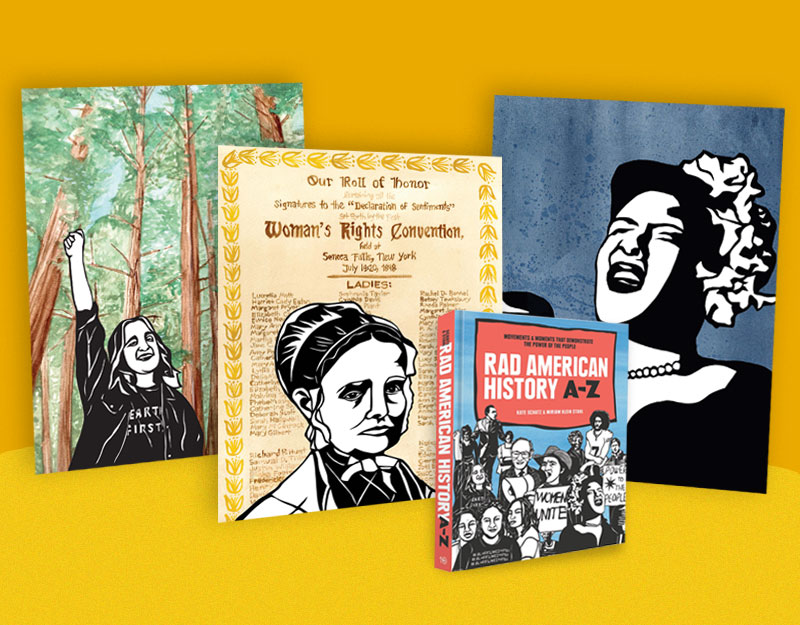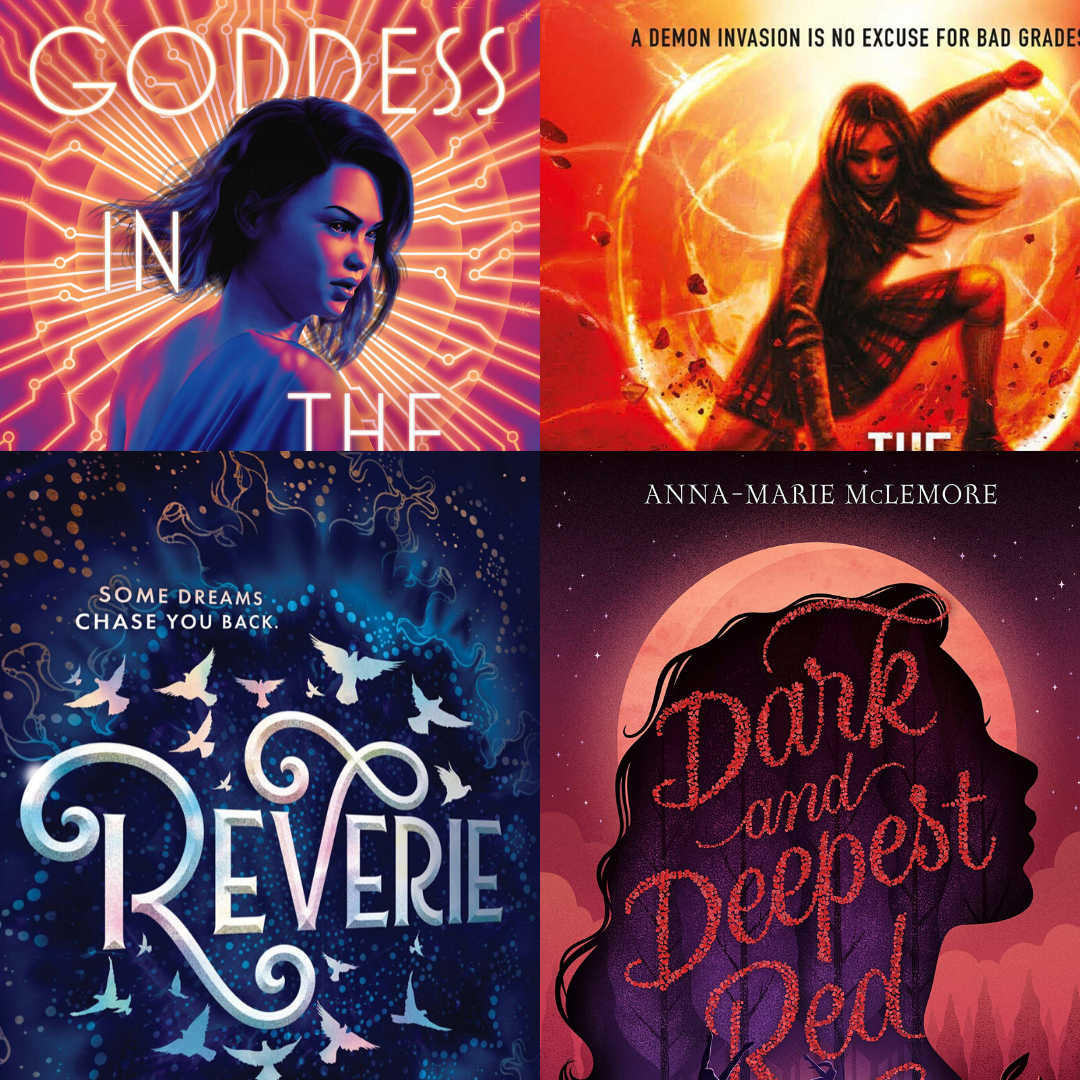Writing Magic for Young Readers, a guest post by Ayesha Harruna Attah
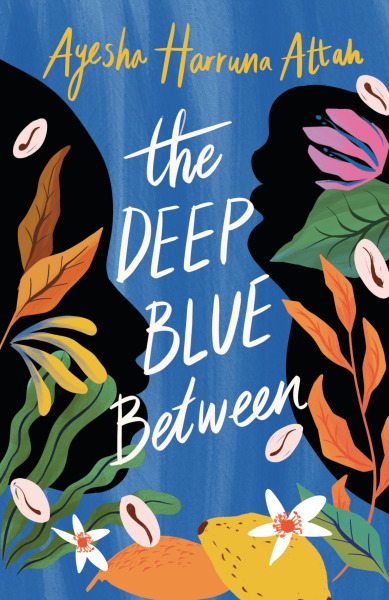
To write the story of Hassana and Husseina, in THE DEEP BLUE BETWEEN, I knew I wanted my readers to experience the realism of their journey of separation but also that I wanted to imbue their travels with a sense of magic.
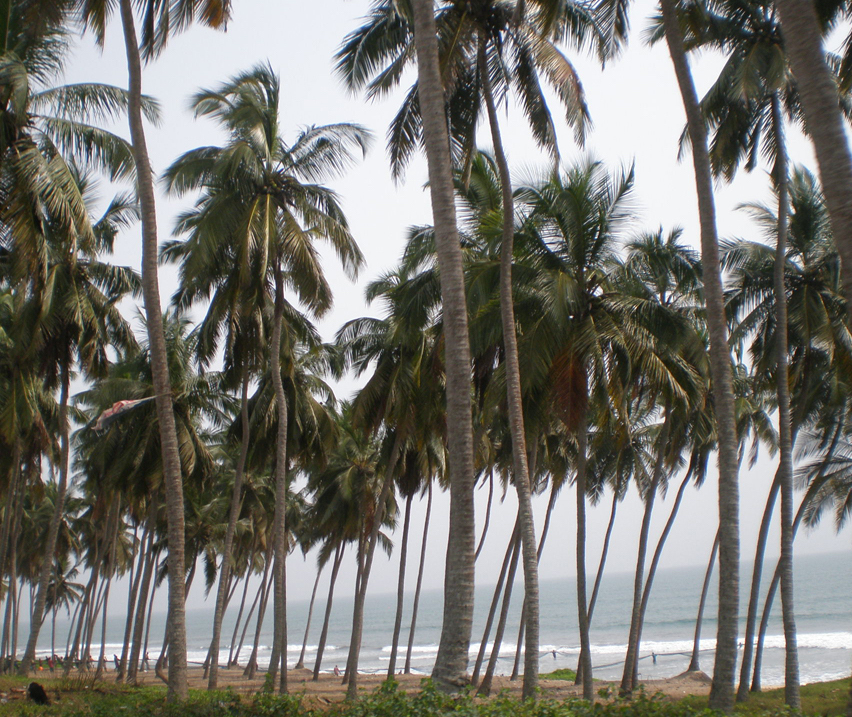
A big way to do that was to use their dreams. I am from a people who believe that as one dreams, one’s soul is flying. If these girls were going to be separated in the physical world by water, a good way to connect them was while they slept, when their souls could fly to each other. Then their bodies would do the work of retracing their steps. They also had the added bonus of being twins, people whose whole lives are linked from the very moment of their birth.
ADVERTISEMENT
ADVERTISEMENT
Another way I could explore magic was through their beliefs.
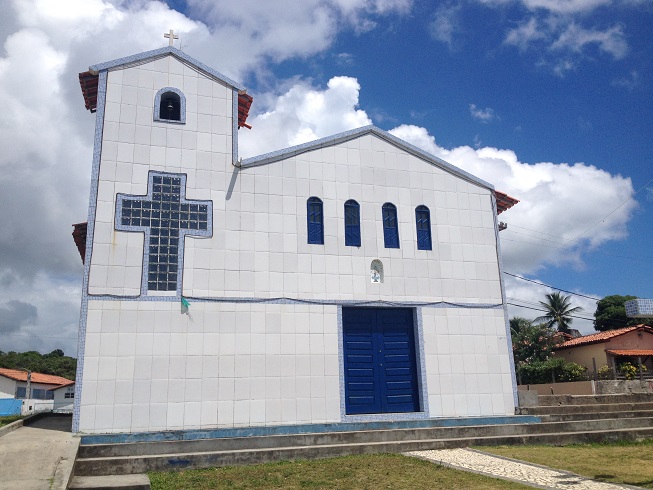
Hassana ended up in a Christian missionary home in the Gold Coast, while Husseina joins a Candomble community in Brazil. I was raised in a Muslim and Christian household in a country that was majority Christian, thanks mostly to the work of these missionaries Hassana encounters. As a teenager, I struggled with what to believe. Here were two religions that I desperately wanted to belong to, but didn’t always seem to want me back. In writing Hassana’s story, I could draw on my own doubts and struggles to fit in. Hassana’s magic eventually didn’t come through her faith, but through the power of her mind and her work with her community.
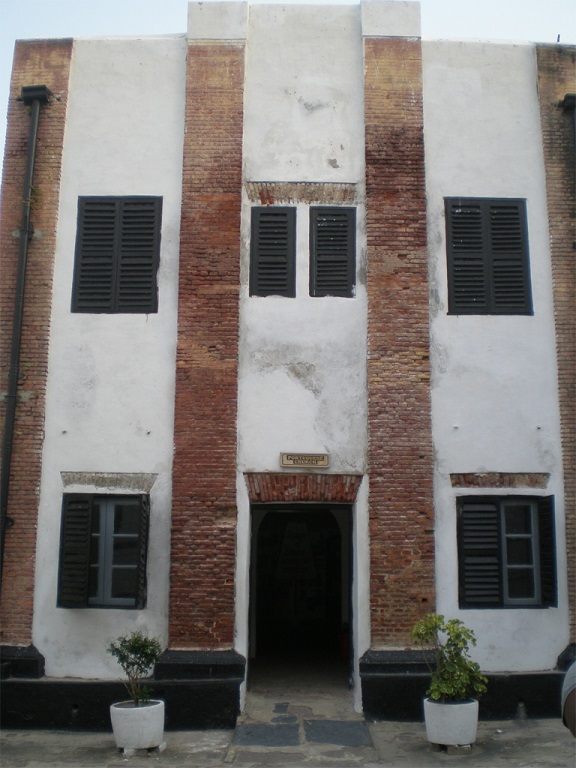
I went to Brazil in 2015 and lived on the beautiful island of Itaparica. One evening, we were invited to a Candomble ceremony. Candomble is a religious practice that believes in gods and goddesses called Orishas, not unlike the deities of the Greek pantheon, known for meddling in human affairs. It is a blend of different African indigenous beliefs with some elements of Catholicism. My upbringing meant that anything outside of the Christian-Muslim binary had been branded heathen, backwards, or even scarier, demonic, so I was attending the event with some trepidation. I swallowed my fears and made for the ceremony hall – a red-brick building surrounded by beautiful tropical birds of paradise and other plants. Inside, we were welcomed and given seats.
As the drums beat in the temple, congregants trickled in. Not long after, people in white outfits with yellow and blue sashes joined us and I learned they were dressed as different Orishas. I watched as some in the room suddenly began to either dance wildly or to kneel, their bodies spinning in what seemed to be super-human speed as they received the Orishas in their bodies. It was beautiful and new and magical.
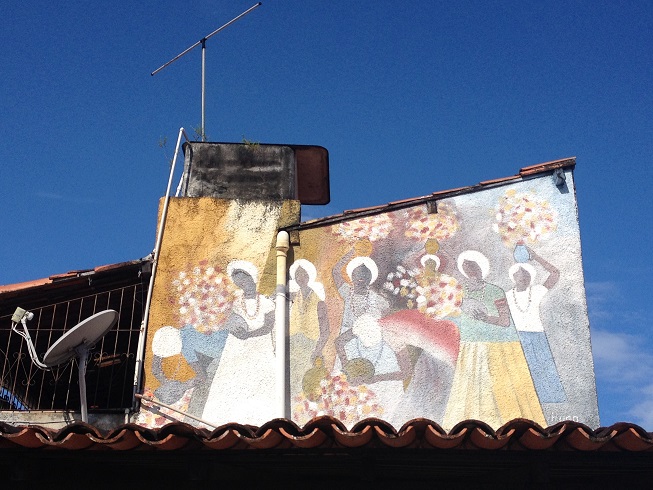
After the ceremony, I began to stitch together that as an African, my ancestors practiced some of what I saw in the temple that day. In Candomble, I saw the importance of understanding oneself and one’s place in nature, of being welcoming and being in community, and that sometimes certain events were beyond one’s control and were better left to the Orishas. The interplay of all these dynamics is where Husseina’s magic happens. Her power and wonder are strongest as she explores herself and her role as a twin, in her work with the community, and in her allowing her guiding Orishas to do their work.
When I thought of myself as a younger reader trying to make sense of the world, a book like THE DEEP BLUE BETWEEN would have been helpful: I would have learned that magic was everywhere.
Meet the author
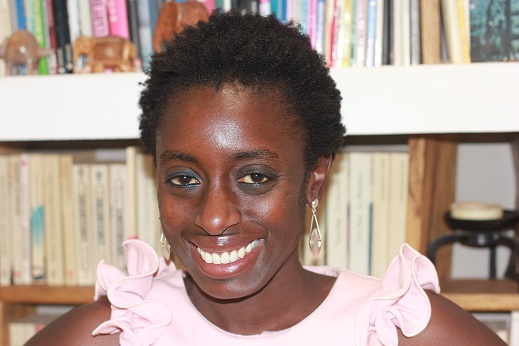
Ayesha Harruna Attah is a Ghanaian-born writer living in Senegal. She was educated at Mount Holyoke College, Columbia University, and New York University. She is the author of three novels for adults, including the widely acclaimed The 100 Wells of Salaga. Her writing has appeared in The New York Times, New York Times Magazine, Elle Italia and the 2010 Caine Prize Writers’ Anthology.
Instagram https://www.instagram.com/ayeshahattah/
Website http://www.ayeshaattah.com
About The Deep Blue Between
Twin sisters Hassana and Husseina have always shared their lives.
But after a raid on their village in 1892, the twins are torn apart. Taken in different directions, far from their home in rural West Africa, each sister finds freedom and a new start. Hassana settles in in the city of Accra, where she throws herself into working for political and social change. Husseina travels to Salvador, Brazil, where she becomes immersed in faith, worshipping spirits that bridge the motherland and the new world. Separated by an ocean, they forge new families, ward off dangers, and begin to truly know themselves.
As the twins pursue their separate paths, they remain connected through their shared dreams. But will they ever manage to find each other again?
ISBN-13: 9781728442884
Publisher: Lerner Publishing Group
Publication date: 03/01/2022
Age Range: 12+
Filed under: Uncategorized
About Amanda MacGregor
Amanda MacGregor works in an elementary library, loves dogs, and can be found on Twitter @CiteSomething.
ADVERTISEMENT
ADVERTISEMENT
SLJ Blog Network
2024 Books from Coretta Scott King Winners
Monster Befrienders and a Slew of Horror/Comedy: It’s a Blood City Rollers Q&A with V.P. Anderson & Tatiana Hill
Monkey King and the World of Myths: The Monster and the Maze | Review
Parsing Religion in Public Schools
ADVERTISEMENT





